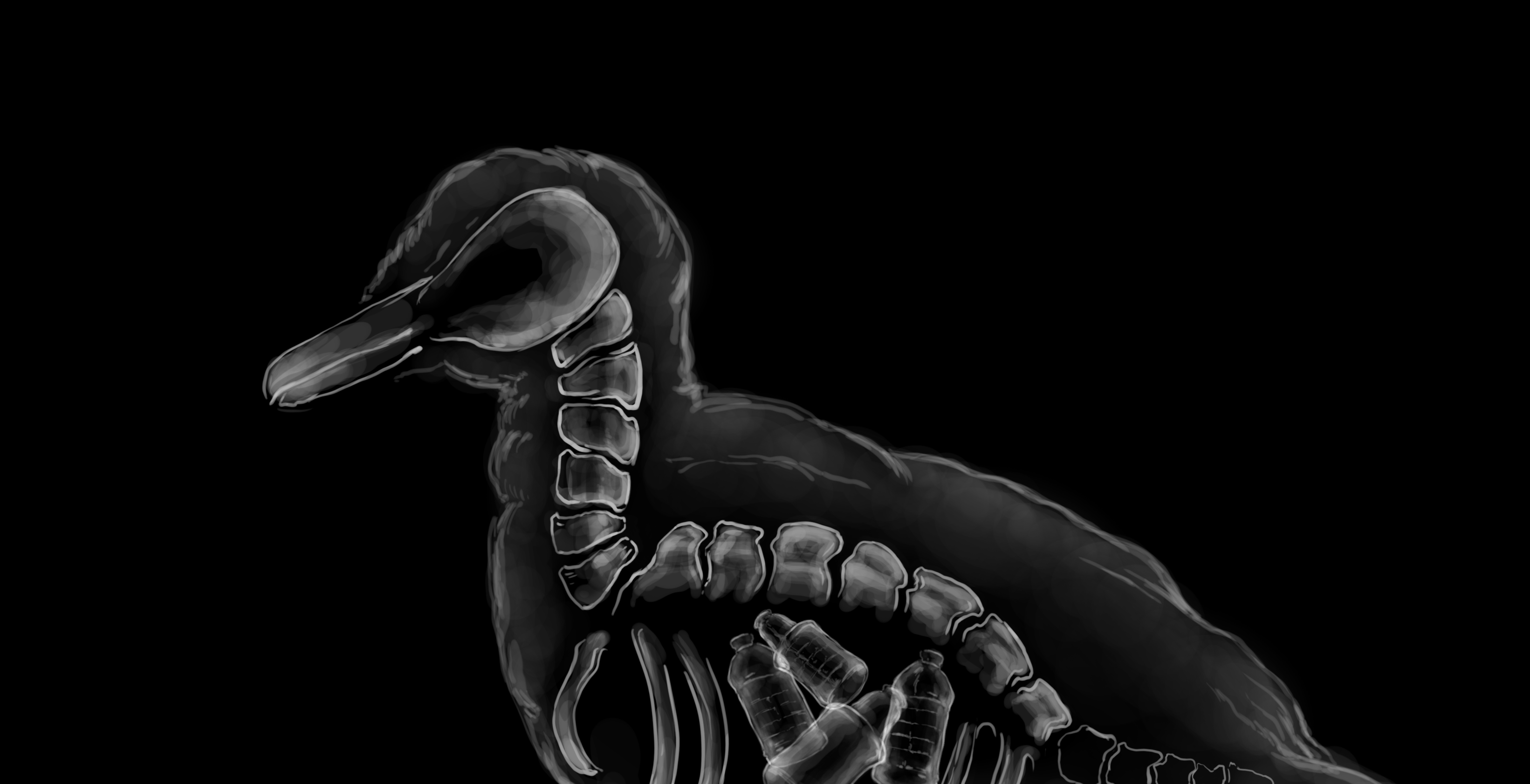Sahar Seif, a Carleton integrated science student, is the lead author of a recently published study examining the amount of debris seagulls consume.
According to a press release, Seif examined the stomach contents of 41 gulls captured at a landfill in St. John’s, NL. The study found that close to 80 per cent of the birds had “debris” in their stomachs, including pieces of metal, glass, drywall, and plastic.
She said she was motivated to conduct the study because of an interest she has in plastics and their effect on the environment.
While Seif said she didn’t find any noticeable differences between different gull species, genders, and ages, she found a large number of waste types compared to other research.
“We were one of the first gull studies that looked at not just plastic, but also debris,” she said .
However, she said the gulls examined didn’t die from debris consumption. Seif noted the problem is how prevalent the debris was where they were living.
“That’s actually the question that we were trying to ask with the research in a way: why aren’t we doing anything about our [waste] facilities? Why are they so readily available to animals that could eat it and die?” she said.
According to Seif, gulls are “relatively resistant” to debris consumption, because they can regurgitate some types of litter.
“The actual amount we found in each bird was not a good indication of the total amount they’re ingesting,” she said.
Seif said she was surprised by the large size of the debris pieces, as she found 99 per cent of the plastic came from consumer goods.
“It made me not want to have plastic in any form ever again,” she said.
The study discovered that the percentage of debris found in the birds were “well above” harmful levels , Seif said.
Seif also spent two to three months sorting out all the pieces of debris, as some were indistinguishable. She said that she wanted the research to raise awareness about the harmful effects of plastics and other debris.
“Getting that message out there to the people is a very challenging aspect, and I think I was successful in doing that, because the samples I looked at were very visual,” she said. “People were able to connect with them very much.”
Seif said she had difficulty finding funding for the project, and added that she hopes there will be more funding for related research as well as an increased focus on reductionism in society. She added that she sees video as an important medium to convey the message, as she also has a minor in film studies.
“I’m very much a believer that if people are able to see it, visualize it, and see the science writing about it, we will have a better sort of approach in trying to get a message across,” she said.
It involves educating, informing and relating to people on a personal level, according to her.
“Getting people passionate and interested, not because they have to, but because they can really prevent something from getting worse,” she said of her goal.
For example, she said she’d like to see Carleton switch from plastic cutlery and Styrofoam to more plant-based alternatives.
“There’s a lot we can do in our diet, our way of living, our commute daily that will just make a big difference,” she said. “It’s a matter of understanding saving the planet is saving yourself.”
Seif plans to do more research on the subject, with a possible master’s research project on the Ottawa River.
Graphic by Manoj Thayalan






